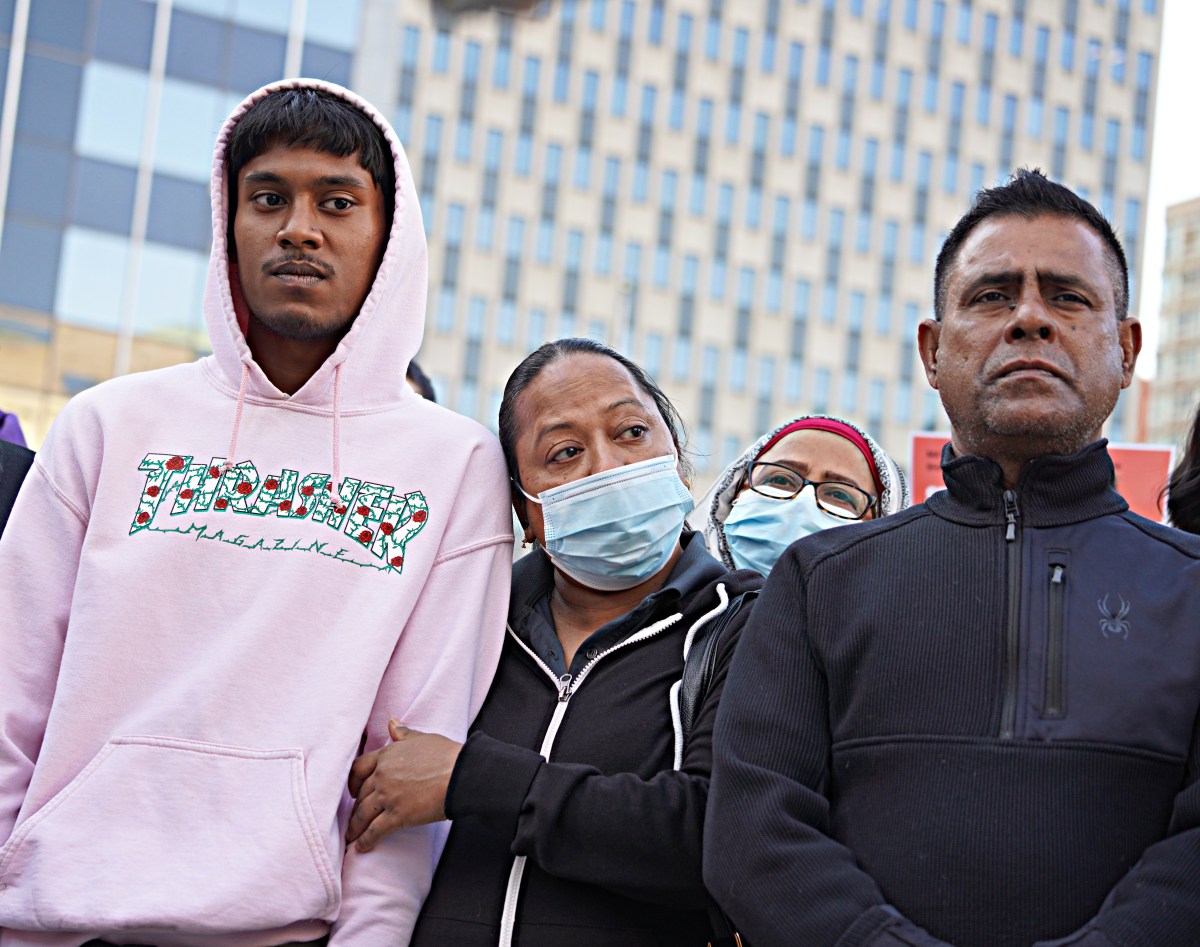More than 100,000 New Yorkers are infected with hepatitis B, and a large number of those battling the liver disease reside in Flushing.
According to a city Health Department report released this week, Flushing has the second-highest rate of hepatitis B cases in the city, trailing only Sunset Park in Brooklyn, which has 744.8 cases per 100,000 people. The Health Department indicated that Flushing has approximately 1,439 cases in the ZIP codes 11354 and 11355. This translates to infection rates of 567.3 per 100,000 people in the 11355 area and 329.2 per 100,000 people in the 11354 area.
The report, based on data that the Health Department gathered between 2014 and 2015, was released in recognition of Hepatitis Awareness Month, a nationwide campaign dedicated to bringing public attention to the liver infections. Many people infected with hepatitis B or C are unaware that they have it and are not undergoing treatment for it; in many cases, they only realize they have the virus once symptoms appear.
“It is now easier than ever to get tested and treated for viral hepatitis in New York City,” Health Commissioner Dr. Mary Bassett said in a statement. “We have made progress in identifying cases and connecting New Yorkers to treatment, but we must continue to work with communities across the city to dedicate more resources to addressing a disease that disproportionately affects communities of color and LGBT New Yorkers.”
Hepatitis B is a liver infection that can be short-term for some people or may develop into a chronic condition, according to the Centers for Disease Control and Prevention (CDC). It is transmitted to people if they come into contact with blood, semen or another bodily fluid from an infected individual.
The most common cases of transmission are the result of sexual intercourse or sharing used hypodermic needles; infected mothers may also pass on the virus to their children while giving birth, and the CDC found that 90 percent of children infected at birth develop chronic hepatitis.
Those suffering from chronic hepatitis are at greater risk of developing the potentially deadly cirrhosis (a hardening of the liver) or liver cancer. The best way to prevent infection, according to the CDC, is to be vaccinated.
In an effort to curb infection and help people detect and treat the disease, the City Council in 2014 funded hepatitis B and C service programs at various medical centers across the city. More than 2,400 people with hepatitis B or C were served by these programs in the 2015 fiscal year.
The Health Department also has a Viral Hepatitis Program that links patients to health care providers for screenings and treatment. Click here for additional information, or text the word LIVER to 877877 to learn additional information about your risk of contracting hepatitis B and C.































